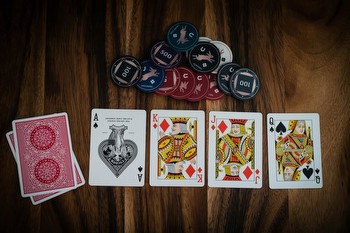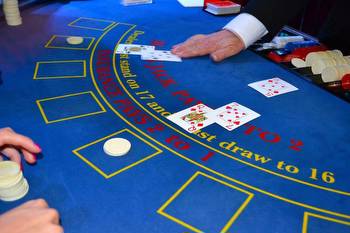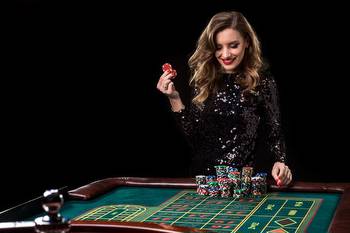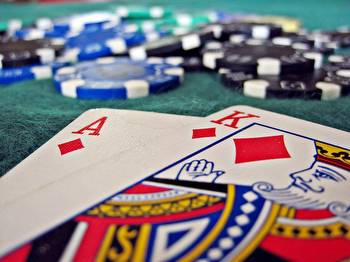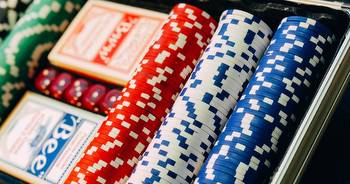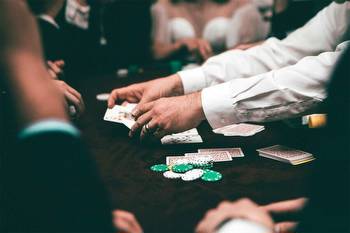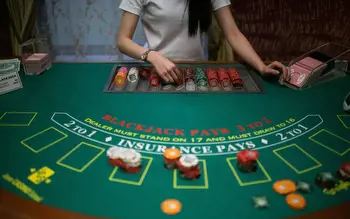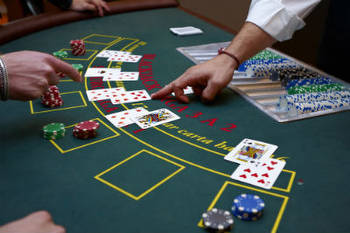Yes, Trading Is Gambling

The other day I stumbled across Horselover Fat’s (@Michigandolf) website where the very first thing that he says is that trading is gambling. Right away I knew this guy traded for real. Anyone who trades for more than half a second in the markets quickly learns that luck is a major factor of the day to day flows and that instead of suppressing this reality under the pretense of some statistical model we should embrace it with all our heart.
This isn’t to argue that all trading is luck as many non traders do. They look at the seeming randomness of prices and conclude success in this game is impossible to attain through skill and therefore every profitable trader is just a lucky fool whose luck will eventually run out. This also is bullshit for anyone who watches market action intently and quickly learns that there are numerous behavior patterns that repeat themselves with the frequency and consistency of New York City public transit schedule.
Of course just because the subway operates 24 hours a day, it doesn't mean that the trains are always running on time. There are million things that could derail your plans - from track fires, to 911 incidents to just plain old congestion. Variance exists everywhere and every seasoned NY commuter just like every successful trader knows that you damn well better have backup plans if you want to reach your destination.
The greatest gambler of all time was also one the greatest traders. If you’ve never heard of Ed Thorpe you need to research his career because his exploits both in Vegas and Wall Street were legendary and his ability to extract edge from seemingly “lucky” situations is a perpetual lesson in how to gamble well and tilt the odds in your favor.
In his latest column @dollarsanddata explains this process way better than I ever could.
“Have you seen the movie 21? Ever heard of the MIT blackjack team? Does the term “card counting” mean anything to you?
If so, then you already know the story of how a clever group of students were able to beat the casinos at their own game and make a fortune. They did it by playing blackjack and following a relatively simple strategy—keep a running count of how many high and low cards had been dealt, and then bet a larger amount anytime there were more high cards than low cards remaining.
This concept, known as card counting, was first popularized by the mathematician Edward Thorpe in his seminal book Beat the Dealer. Thorpe’s big revelation was that the probability of winning a particular hand changed over time based on which cards had been dealt previously. As Thorpe calculated, the standard casino edge when a player was playing perfectly was 0.21%, meaning that the casino should win 0.21% of all money wagered over time.
However, when certain cards were removed from the deck, the casino’s probability of winning changed. For example, as high cards (ace/king/queen/jack/ten) were removed, the casino’s chance of winning a particular hand increased. But, Thorpe discovered that the opposite was also true. As he stated in A Man for All Markets (emphasis mine):
‘But taking out the “small” cards, which are 2, 3, 4, 5, and 6, helped the player enormously. Removing four 5s was the best, changing the casino edge of 0.21 percent to a huge player edge of 3.29 percent.’
This meant that, in an ideal scenario, the player would go from losing 0.21% of what they wagered to winning 3.29% of what they wagered in the long run. Though this change in edge was small, it had enormous implications. These implications resulted in a new way to make money, the MIT Blackjack team, and a film that grossed $160 million at the box office.”
Card counting is the perfect analogy to understanding pattern trading. If you’ve been trading for a while you learn that there is no such thing as a good or a bad trade. There is just context. The best traders in the world learn how to filter for the most optimal context and place their bets accordingly. If you keep the mental model of card counting in your head it helps you to make better choices in the market.
I scalp on the one minute chart, so I get a look at a lot of patterns over a relatively short period of time. Reviewing price action the other day I noticed that in equities momentum almost always precedes price. So now instead of trying to catch every falling knife I see, I only trade reversals if momentum shows a clear turn. Basically I started to “remove the small cards from the deck.”
As a side benefit the process also taught me natural patience - something that I’ve never been able to achieve through discipline alone. By trading a mental model the setup makes it easy to avoid FOMO.
“Trading is gambling” metaphor should be embraced rather than discouraged. The sooner we accept this fact, the easier it becomes to see how markets really operate.







